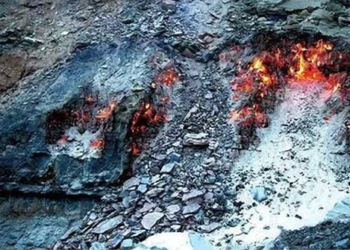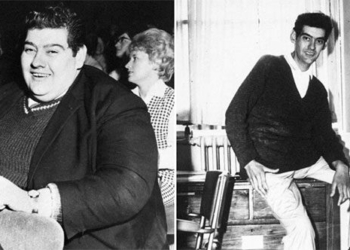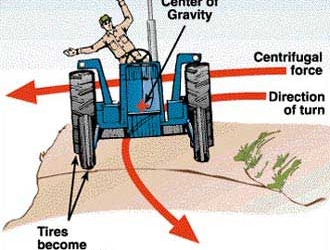Mach speed is the standard unit used to describe the speed of an object compared to the speed of sound.
Definition and Calculation of Mach Speed
Mach speed is the standard unit used to describe the speed of an object compared to the speed of sound. The speed of sound refers to the speed at which sound waves propagate through a medium under certain conditions, while Mach speed is the speed of an object relative to the speed of sound. Therefore, Mach speed can also be used to measure an object’s capability to fly at supersonic speeds.
The formula to calculate Mach number is: M = v/c, where M represents the Mach number, v represents the speed of the object, and c represents the speed of sound. For example, when an aircraft travels at twice the speed of sound, the Mach number is 2.
Mach speed is a very important indicator in many different ways. Firstly, Mach speed is one of the key indicators for aircraft design and evaluating flight performance. When flying at supersonic speeds, aircraft must have stable aerodynamic features to cope with the various pressures and drag caused by high-speed flight. Accurately measuring Mach speed is crucial for assessing and verifying aircraft performance.
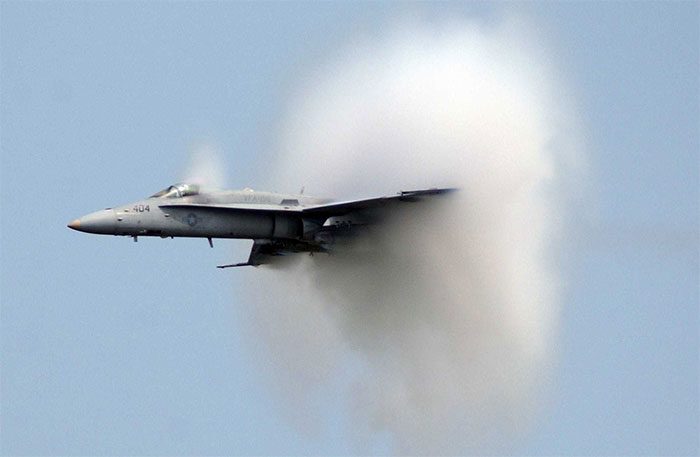
In the aviation industry, supersonic flight presents many challenges and opportunities. There are several key metrics for supersonic flight, the most important being the Mach number. The Mach number is the ratio of an object’s speed to the speed of sound. (Image: Zhihu)
Mach speed is also very important for designing the propulsion systems and engines of aircraft. Supersonic flight requires higher power and thrust to overcome air resistance and maintain stable flight. Mach speed determines the thrust and thrust-to-weight ratio required by the aircraft, thus impacting the design requirements for the electrical and propulsion systems.
Mach speed also affects the material properties and structure of the aircraft. Supersonic flight necessitates materials with high tensile strength and high-temperature resistance to cope with aerodynamic heating effects and stresses during high-speed flight. The choice of materials and structural designs must consider the various challenges and risks posed by Mach speed.
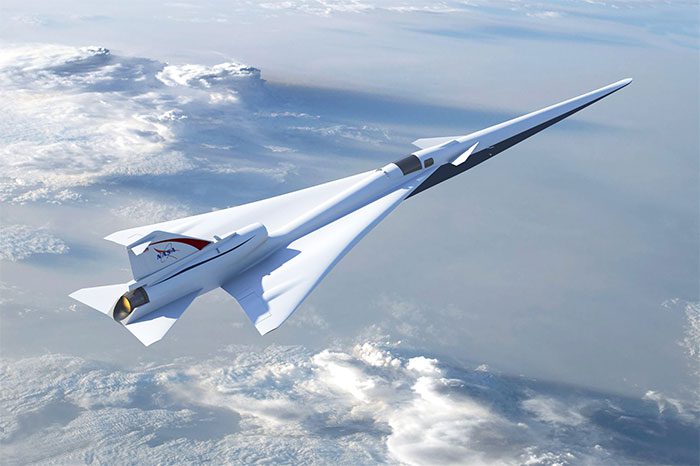
Mach speed also determines the issues and limitations that aircraft may encounter during supersonic flight. For instance, supersonic flight generates significant aerodynamic drag and thermal effects, which can increase wear on structures and materials. Simultaneously, Mach speed can lead to reduced maneuverability and stability of the aircraft, as well as higher demands on pilots. (Image: Zhihu)
Challenges and Opportunities in Achieving Mach 15
Realizing Mach 15 faces numerous challenges such as material properties, performance, and energy safety at high temperatures and speeds, requiring continuous technological innovation and scientific research.
However, this will also drive advancements in science and technology and stimulate further scientific research into speed limits. Through in-depth exploration, we can gain a better understanding of the effects of hypersonic motion on matter and life, while strongly supporting the development of technology in the future.
The socio-economic impacts will reshape human lifestyles and economic structures at a pace that far exceeds our perceptions. It will promote the development of global trade, autonomous vehicles, smart transportation, and other fields, bringing significant changes to the economy.
Flight Distance in One Hour Can Reach Thousands of Kilometers
To better understand the distance an aircraft flying at Mach 15 could cover in one hour, let’s perform some simple calculations. Generally, commercial aircraft fly at speeds ranging from 700 to 900 km/h, while Mach 15 far exceeds this range. In other words, Mach 15 flight speed is more than 20 times that of conventional civilian aircraft.
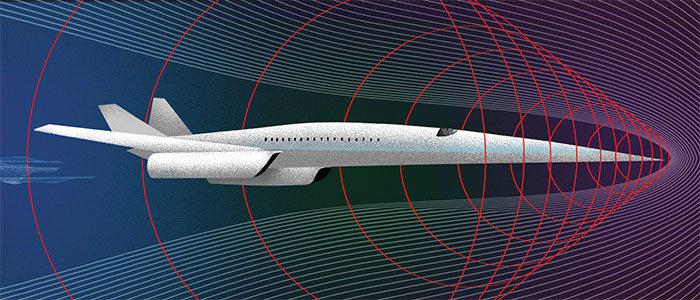
Flying thousands of kilometers in one hour not only demonstrates human technological advancement but also shows us viable transportation methods for the future. (Image: Zhihu)
Based on this extrapolation, an aircraft flying at Mach speed could cover thousands of kilometers in one hour. The specific value will depend on whether the aircraft maintains Mach 15 speed for a full hour continuously. For example, if an aircraft flies at Mach 15 for one hour and maintains that speed on a consistent trajectory, it could cover approximately 18,360 km.
This is an incredible figure. With a one-hour Mach 15 flight, we could travel from Brazil in South America to South Africa in Africa, or from the United States in North America to China in Asia. Whether for business or long-haul flights, this flight speed would significantly reduce travel time and provide people with more convenience and options.
However, it is noteworthy that currently, there are no commercial aircraft capable of reaching Mach 15. The fastest commercial aircraft today is Boeing’s 747 series, which has a flight speed of about 900 km/h. The speed of Mach 15 is approximately 18,360 km/h, nearly 20 times its speed. Therefore, Mach 15 flight speed exists only in research and military aviation.
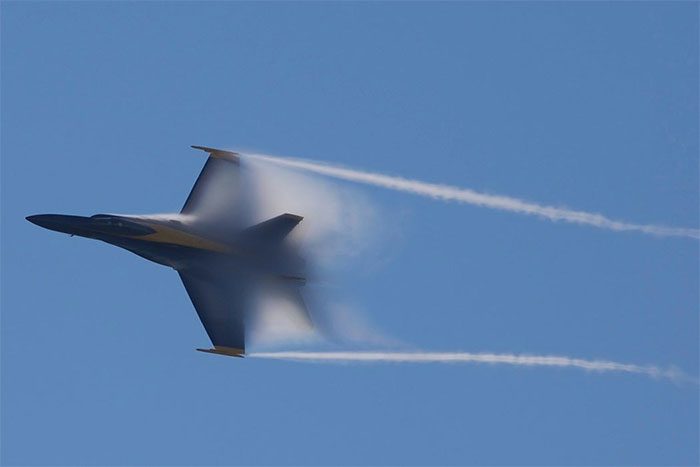
Once this high-speed flight technology matures and is commercialized, flying will become faster and more efficient. (Image: Zhihu)
In any case, Mach speed represents humanity’s pursuit of extreme speed and technological advancement. Future technological breakthroughs will help humans achieve faster and more convenient transportation while ensuring safety and environmental sustainability.








































